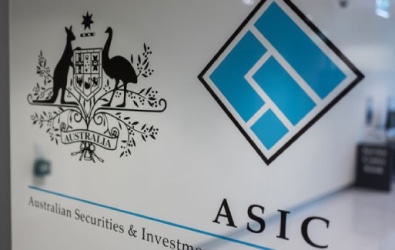Pension funds around the world increased their exposure to alternative assets by 16 per cent to US$952 billion in 2010, up from US$817 billion the year before, according to a new study.
The research, which was conducted by Towers Watson in conjunction with the Financial Times, found total assets under management (AUM) for alternative managers increased by 12 per cent to US$1.9 trillion worldwide, of which pension funds took up almost half of all investors.
The Global Alternatives Survey covered 10 Australian alternative managers, which had a combined AUM of US$190.8 billion, an increase of US$29 billion compared to 2009, although only nine Australian managers were included in the 2009 study.
Of the US$190.8 billion, US$129.4 billion was managed on behalf of pension funds, giving Australian managers a share of 13.6 per cent of the alternative assets market funded by pension plans.
"Institutional investors continue to diversify into the full range of alternative assets, as the benefits of diversification become apparent and certain asset classes become more accessible," Towers Watson Australian head of portfolio construction and diversity Ross Barry said.
"The trend away from equity-focused portfolios to more diversified structures is now well established as investors acknowledge the risks associated with an undiversified approach, particularly in light of ongoing economic uncertainty.
"According to our research, allocations to alternative assets have continued to rise and now account for 19 per cent of all pension fund assets globally, up from 5 per cent 15 years ago."
Real estate managers are the largest alternatives class, accounting for around 55 per cent of assets, an increase in their market share by 3 per cent compared to 2009.
Real estate is followed by private equity fund of funds, which represent 18 per cent of the sector, a decline of market share of 3 per cent compared to the previous year.
Fund of hedge funds were down 1 per cent in market share, representing 12 per cent in 2010. Infrastructure remained stable at 12 per cent, while commodities increased a percentage point to 3 per cent.
"We expect larger investors to continue investing more capital via direct funds," Barry said.
"In the hedge fund area, smaller investors continue to find fund of funds more suited to their governance arrangements, whereas in private equity they might be questioning the whole net-of-fees proposition."
Rules-based index products had also experienced more demand, he said.
"In addition, we are also seeing greater interest in the new alternative beta opportunities for improving investment efficiency that are now more widely available," he said.
Macquarie Group is the largest infrastructure manager of pension fund assets with US$60.3 billion, an increase of 16.9 per cent compared to the US$51.6 billion in 2009.
HarbourVest Partners is the private equity fund-of-fund manager with the largest pension assets at US$21.7 billion, an increase of 3.3 per cent from US$21 billion in 2009.





